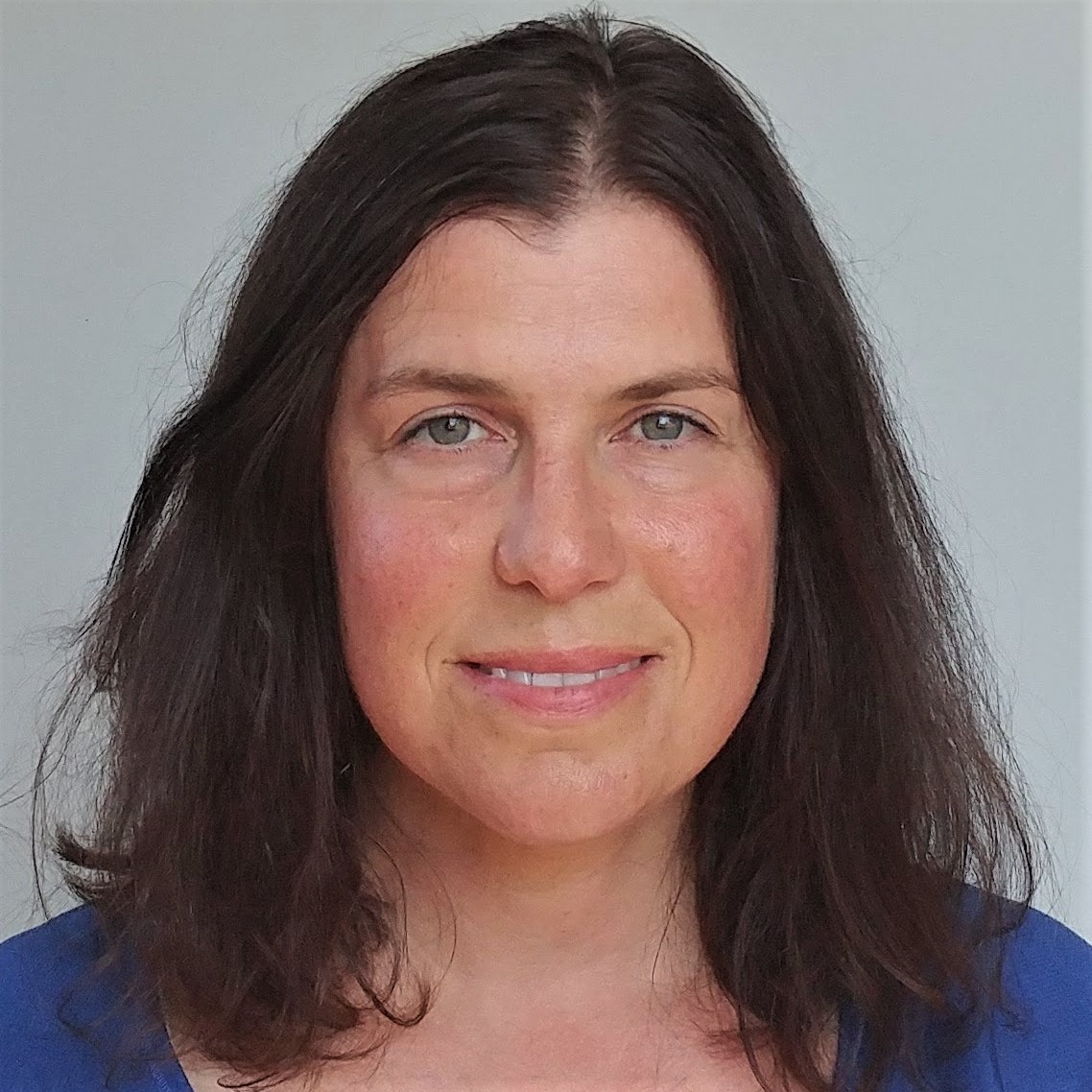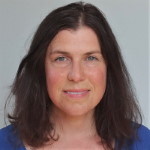Blog Categories
Recent Posts
- Home
- Musings by a Serious Book Guzzler: Which factors make a fiction novel a page-turner?
Musings by a Serious Book Guzzler: Which factors make a fiction novel a page-turner?
Posted by on
By Didi Gorman

Fellow bookworms, today we have an important issue before us: Fiction!
Like many bibliophiles out there during these frequent lockdowns, I’ve been gobbling quite a few novels in the past few months, a task I have performed ardently – from the comfort of my couch and at the expense of many a good night’s rest, and even (alas!) at my working desk, pretending to be absorbed in work…
My conclusions? Reading is solace. Reading is pure joy.
But not all fiction is created equal.
Before we dive in, a nod to our local library (whose shelves I had stormed like a sugar-addict in a candy store as soon as it reopened) and to all other public libraries – the guardians of our wellbeing and our sanity in these craziest of times – who provide us readers with countless free books.
Nothing like a pile of novels to chase away the lockdown blues.
Which brings me to our point today: Good fiction has the power to transport the reader into its world and offer a safe haven, an escape from real-life worries.
Mmm, nope. Not clear enough. Let me rephrase that: Great fiction will grip you so intensely, that you’ll find yourself unable to put it down, submerged in its parallel reality; free – if only temporarily – of everyday troubles. An experience akin to that of an actual journey.
Yes, that’s more like it.
What IS great fiction then? And which components make it so great?
I’d like to start with my absolute must, my dealbreaker if you will, the one component I just can’t do without.
Plausibility.
Likelihood.
Believable characters. Credible dialogs. A convincing storyline. Without these, I won’t be able to move past my suspended disbelief – a crucial factor in a rewarding reading experience.
I love bonding with the main characters; I love holding my breath when something horrific happens to them. For this, they must feel real to me. Check out A Thousand Splendid Suns by Khaled Hosseini on this point. More on this novel in a bit.
Also, if the story takes place in the past or in another culture – by far my favorite genres – I expect the descriptions of the scenery, locales, clothing, etc. to accurately reflect the era or culture in which the story occurs.
Dialogs, internal dialogs, emotions, reactions and interactions must also accurately reflect how a person in that time period or in that culture would have spoken, reasoned, and acted.
There’s nothing more jarring than, say, putting 21st-century social media lingo in the mouth of a nun living in a convent in 15th-century Spain.
Another biggie for me is whether the book succeeds in holding my attention from beginning to end. The novel shouldn’t falter towards the three-quarter mark, nor should it drag on and on.
Related to that point: I love surprises! I love it when something I couldn’t have possibly seen coming is revealed. (Sarah Dunant’s The Birth of Venus delivers on this one. What a delicious read!)
Now that you know the good stuff, let’s talk about my pet peeves.
The one thing I find impossible to overlook is cheesiness. Predictable, flat characters, closer to stereotypes than to real people, engaging in tacky dialogs in a sappy or uninteresting storyline.
How many times have we seen the following formula?
Charismatic boy meets coy girl. Boy likes girl. Girl likes boy, but she is too coy to admit it and prefers to passively waits for boy to take first step. Boy pursues girl. Girl is torn between decorum and her passion. Boy persists. Girl finally succumbs to the passion. A kiss ensues. Some romantic debacle follows. Towards the end, the romantic debacle is resolved. Or not.
No offence, but I’m yawning. I’ve nothing against romance in a novel, but please make it interesting. (Not to mention the feminist in me raging against this stereotypical portrayal. Oh, well. I’ll have to suffer silently – not unlike our fragile heroine – until our next post, where I will rant about the perpetuation of the portrayal of women as subdued.)
Oh, I forgot to mention, the girl is very pretty but too shy to think of herself as such, though the author makes sure we’re well aware of her beauty: Her hair is flowing, her eyes are large, and her skin is smooth. (Where are all the female protagonists with small eyes or acne, crooked noses or thin-, or short hair?)
Another jaded trope is the villain who acts evil just for the sake of being evil, unchanging throughout the story, with little explanation as to why he/she is being evil. To me, such character feels flat, lacking depth and nuance, more of a caricature than a likely person.
Okay, we did it. Now you also know what gets to me.
And this, my fellow avid reader, is the moment we move from theory into action! Time for book suggestions!
A Thousand Splendid Suns, (2007), by Khaled Hosseini, who also authored The Kite Runner, is my book for you today. It tells the story of a lasting friendship between two Afghani women during the geopolitical anarchy in Afghanistan in the past three decades. What an unforgettable, mesmerizingly haunting, stomach-clenching novel. I just couldn’t tear myself away from it. The author puts his characters through the most brutal of hardships, which felt so vividly real that at times I forgot this was fiction. (Heads up: Several scenes are quite disturbing. If graphic cruelty is not your thing, don’t read this book before bedtime.)
But, boy, what an amazing storytelling skill! And hats off for writing two incredibly convincing female characters, which I just couldn’t believe were fictitious AND written by a male author! Great job on the character of the bad guy too, depicted with such complexity that, once again, I was convinced he was real.
The second book I have for you is The Birth of Venus by Sarah Dunant (2003), though I have to admit it was a mixed bag.
The story is about a young woman’s risqué love affair in religiously-turbulent 16th-century Florence, Italy.
Though deliciously entertaining in terms of plot twists, ambiance-building, tension-building, and the wittiness and sense of humor of the main character, it fell short in terms of plausibility. Dialogs often felt too modern, and so did one of the main supporting characters – a maid who, to me, felt more like a Wall Street Tycoon, than a lowly maid in Renaissance Italy. (I’m trying to imagine how a maid in that era and in that culture would have acted and spoken, and somehow her presentation in the novel does not fit the bill.)
Still, I enjoyed it despite the larger dose of suspended disbelief it required.
Both novels dragged a bit towards the end. Both take place during a dark chapter in the history of their respective countries, but after many pages of gruesome violence, there was no need to drag the story longer, adding more atrocities. It felt a tad gratuitous. The point had already been driven home many pages ago.
So there you have it, my book-loving friends: my reading list, my insights, and my rants.
I’m currently reading a few more novels, so stay tuned!
More book reviews and reading insights coming up!


 Loading... Please wait...
Loading... Please wait...













